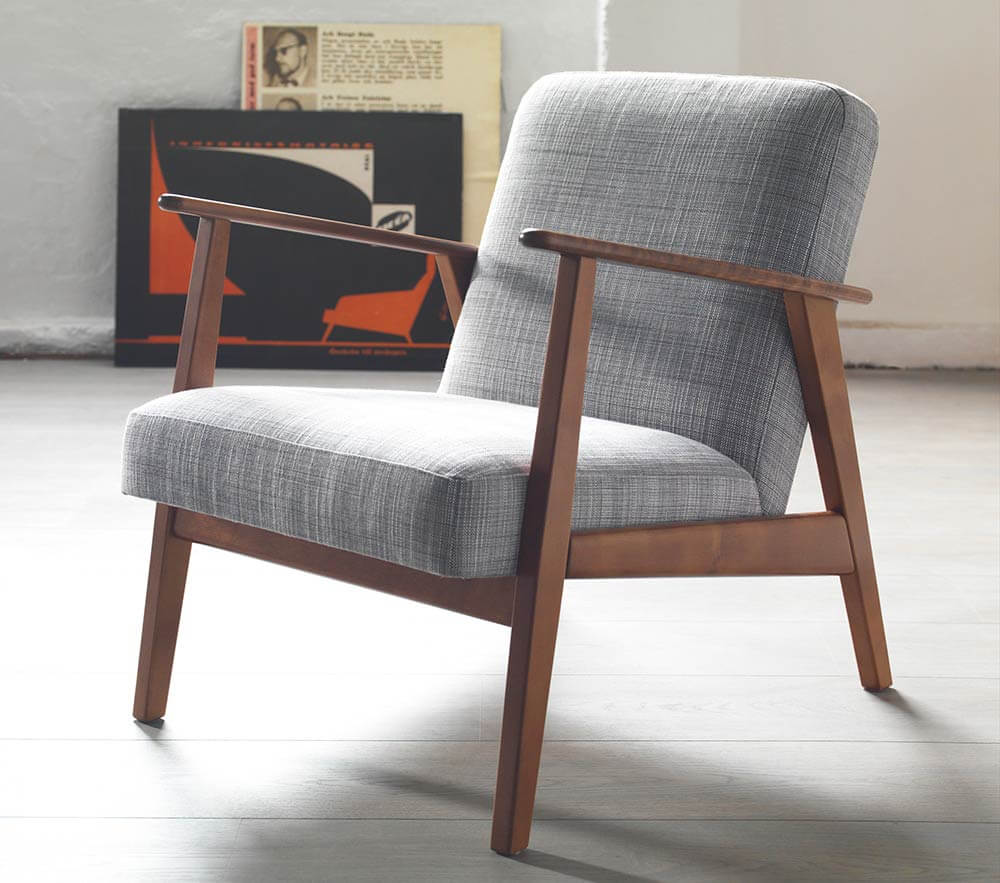LizzieMaine
Bartender
- Messages
- 34,124
- Location
- Where The Tourists Meet The Sea
If my mother had held onto all the cheap department-store MCM stuff she got as wedding presents in 1959, she could die out of debt. But she didn't, because she had three dumb kids who had no idea they were smashing up cultural relics when they jumped on it.



